In Ljubljana (SI), in early April we represented Res Artis at a meeting of Contemporary Dance Residencies which considered the value of residencies to cities. With a residency programme ourselves this global network of artist residencies reveals new practices and shared opportunities.
From the Europe Jazz Network that our new chair Ros Rigby has been part of, to our longstanding membership of Culture Action Europe promoting the value of culture at political levels, we join networks to create programme and share knowledge, but also to amplify our voices so that our sector can be heard.
D6 Director Clymene shares her thoughts on the importance of networks in the video below, when she was invited to take part in a panel discussion at the Barbican as part of CONNECT! Creative Europe Desk UK Forum on the Value of Networks last September.
If you are an artist or represent an organisation, why not take a look at some of the European arts networks you could join here.

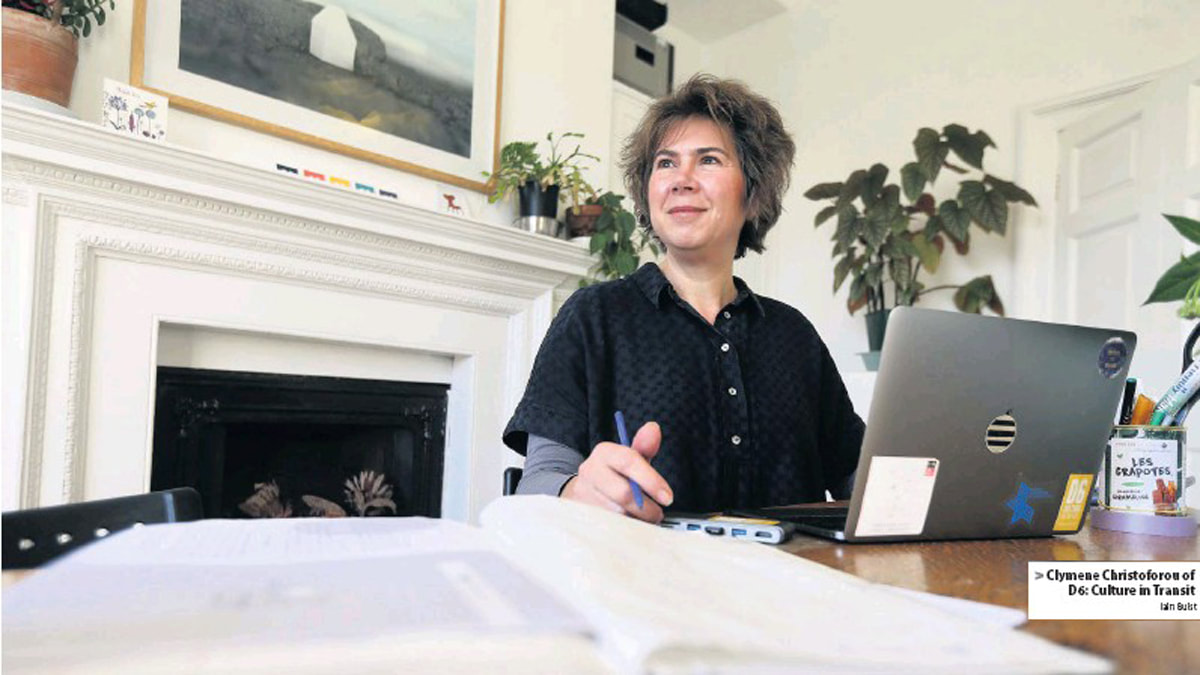
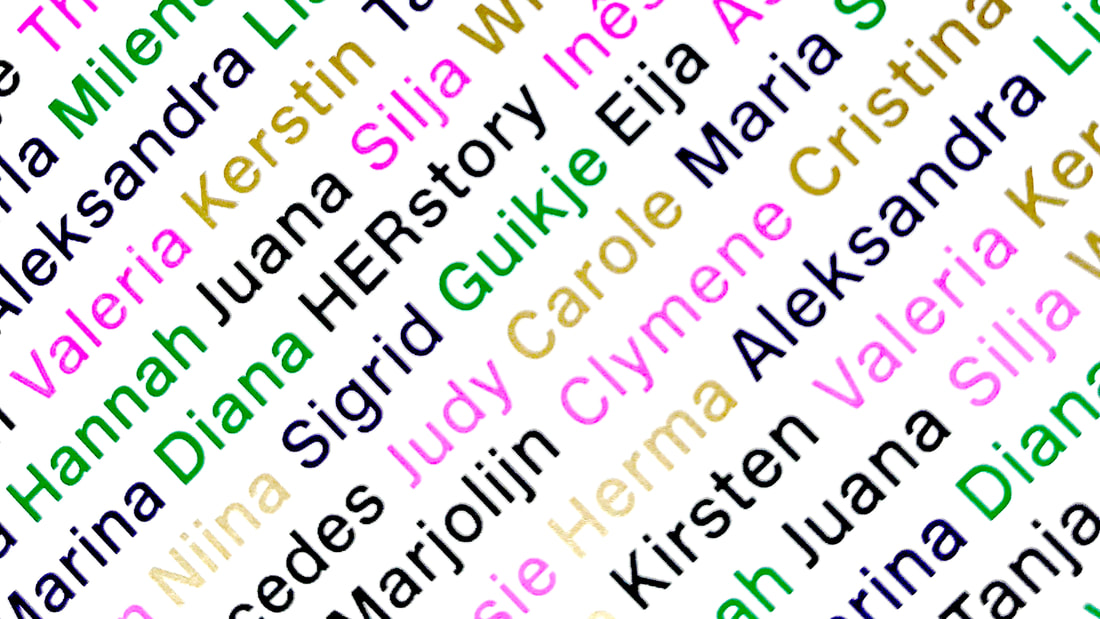
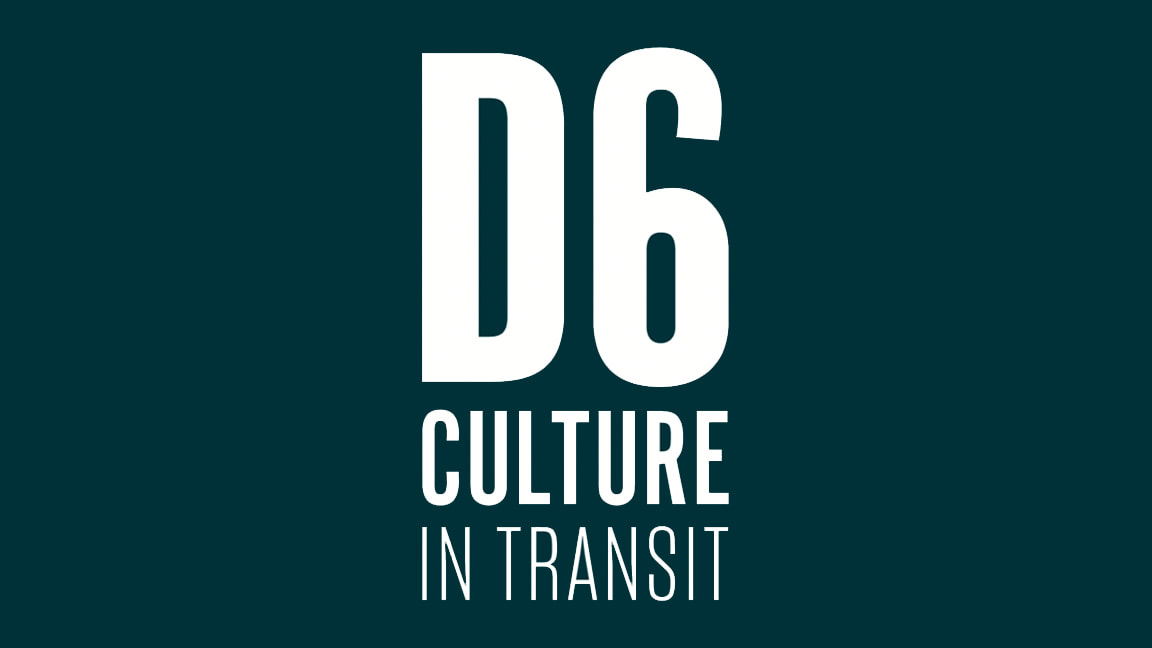
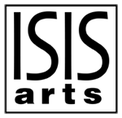
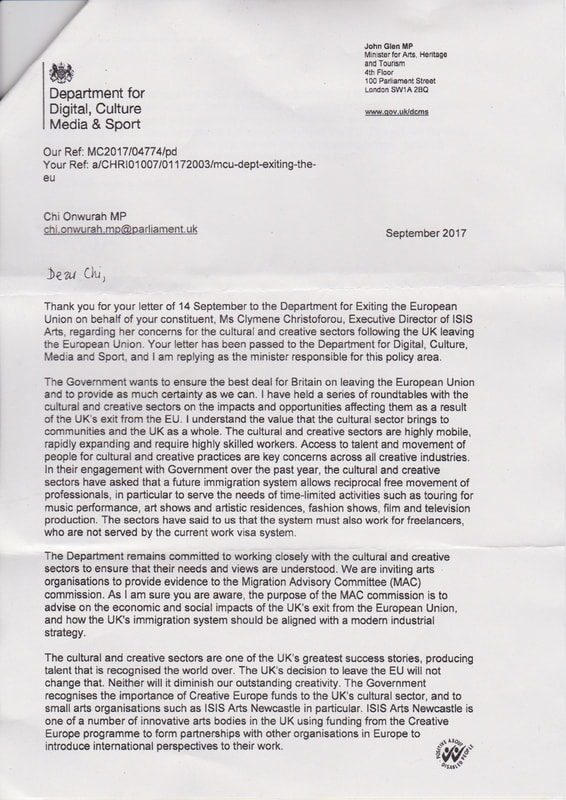
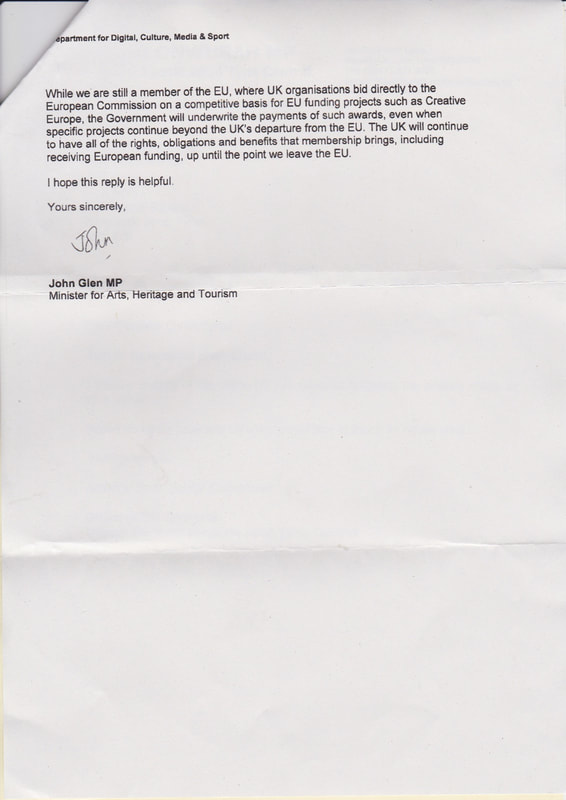
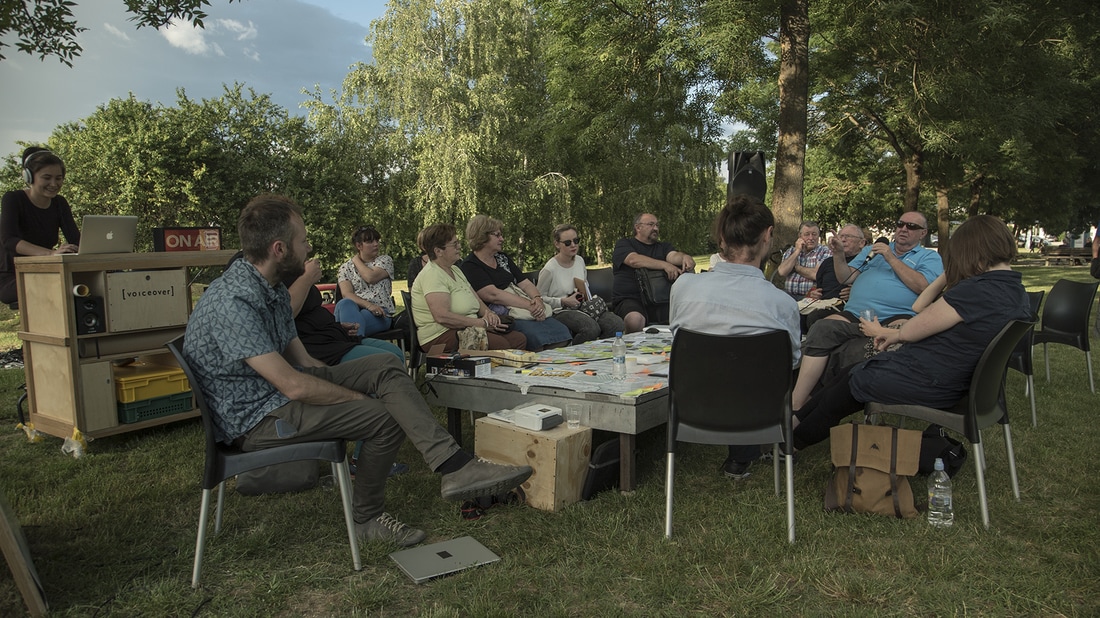
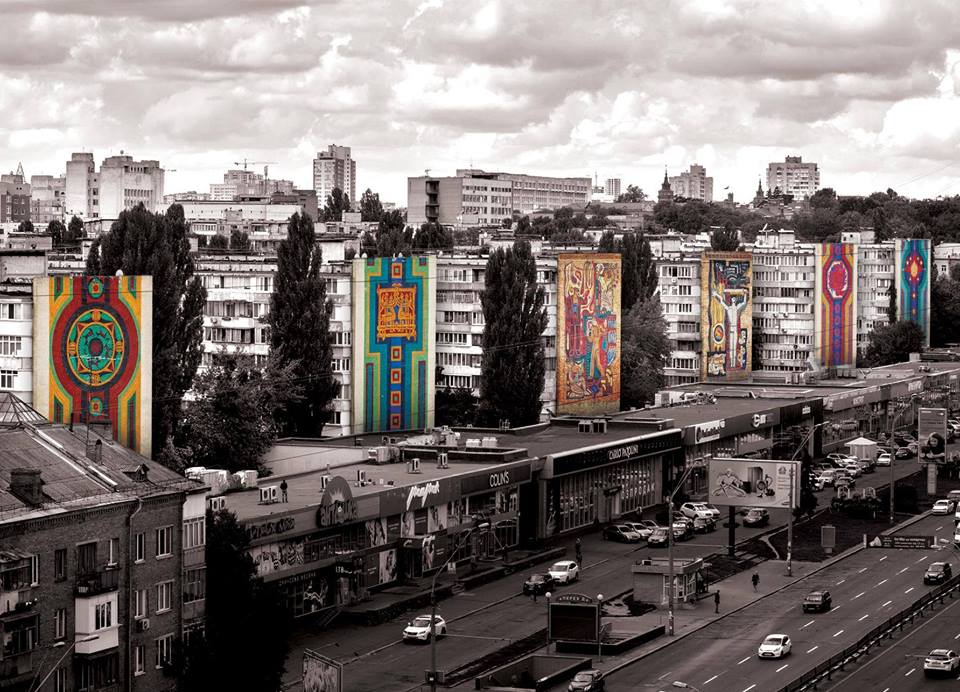
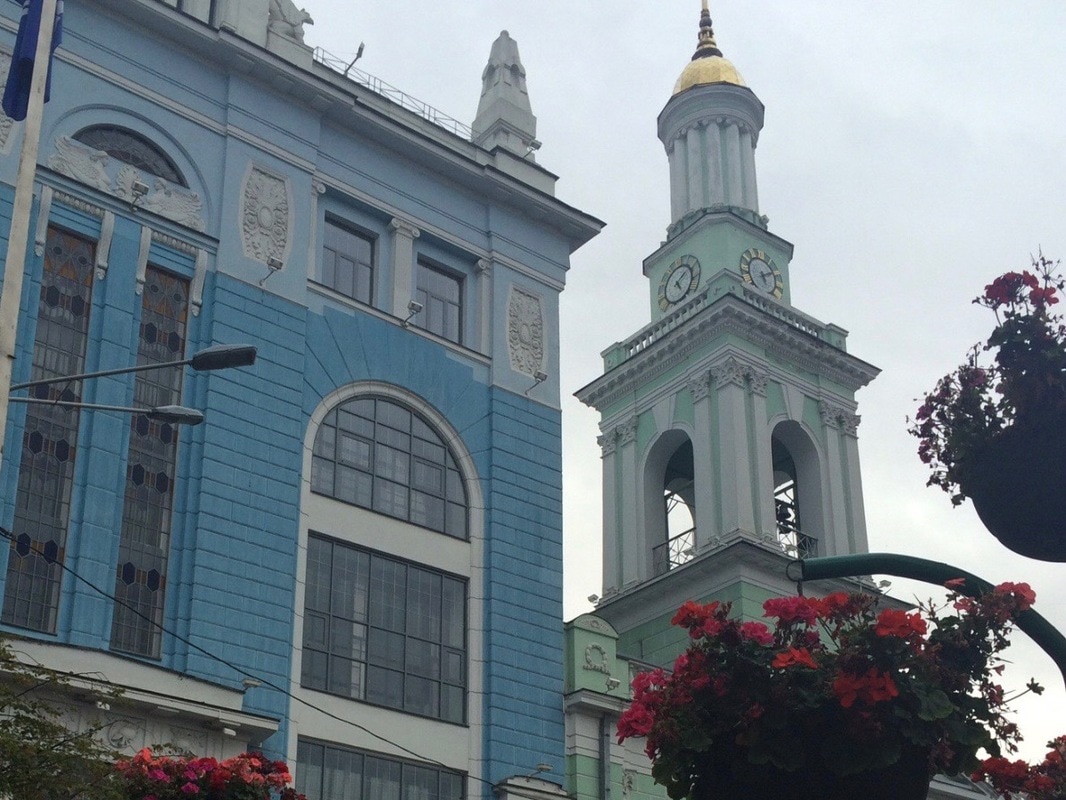
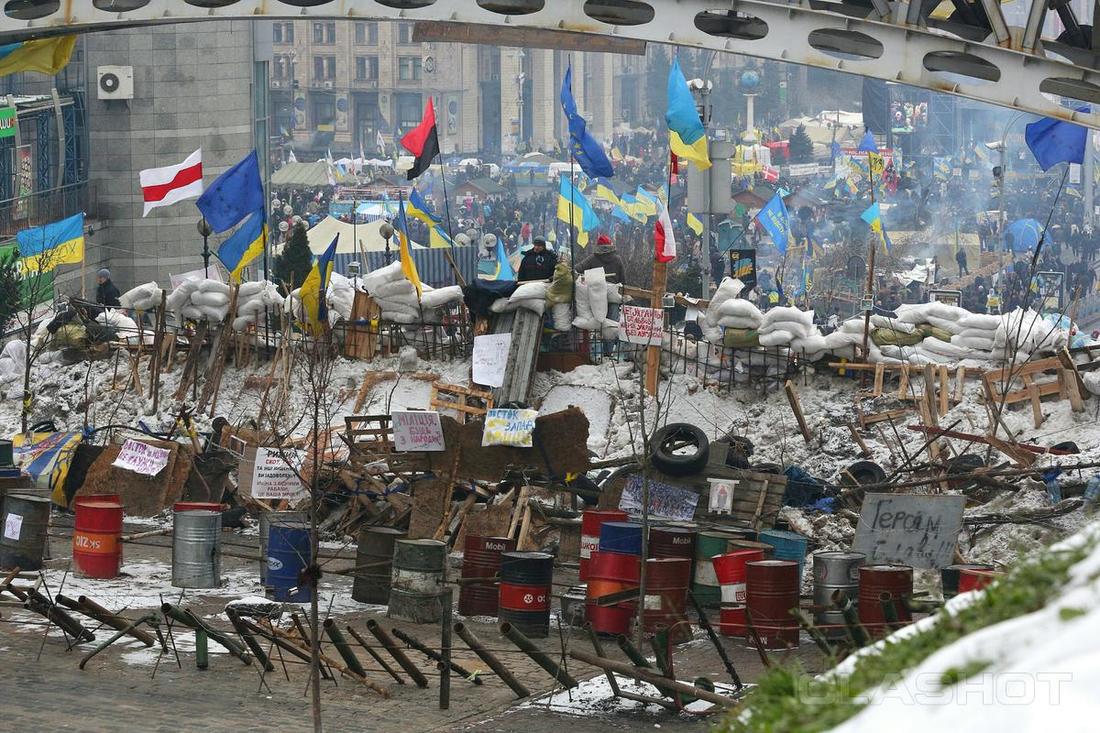
 RSS Feed
RSS Feed